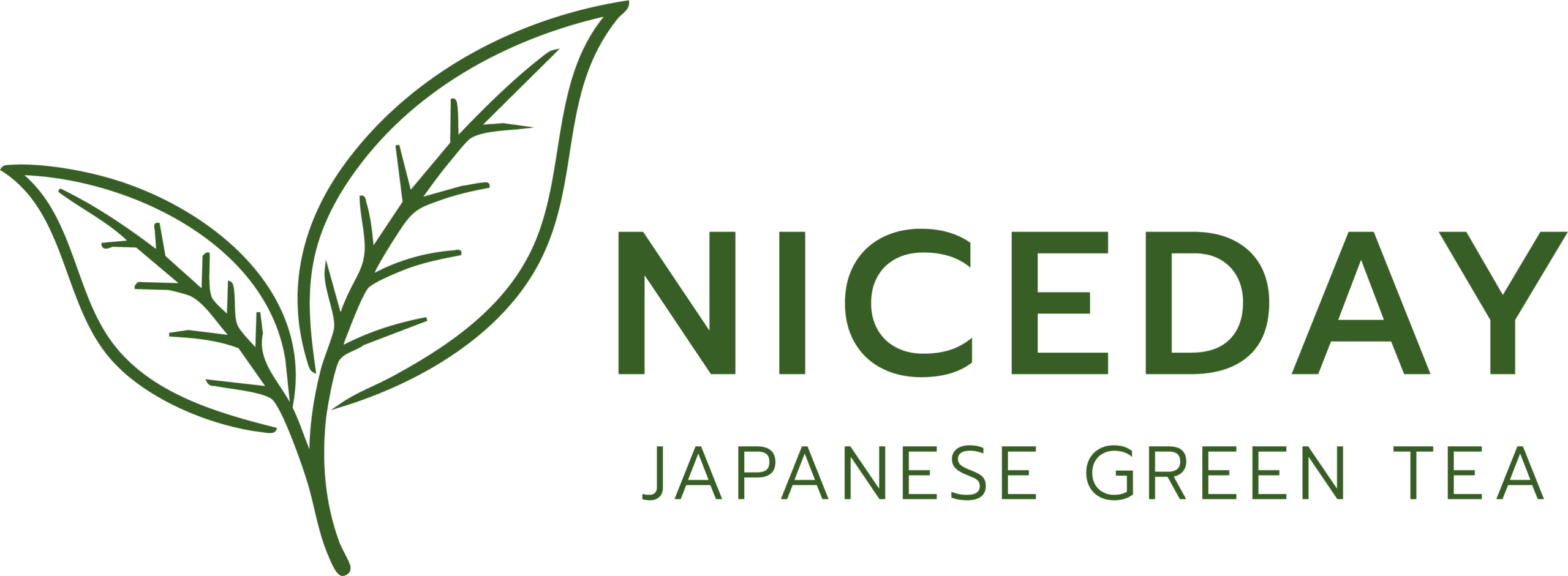Blog
Why Is Gyokuro So Premium? Its Unique Features and Labor-Intensive Cultivation

Shade-Grown Tea That Protects Umami
Gyokuro is made from the same young shoots of the tea plant as sencha, but its cultivation method is completely different. The most distinctive feature is the shade-growing (covered cultivation) method, in which the tea bushes are covered with shading materials to block sunlight for a certain period before harvest. This method is called “hi-fuku saibai” or “oishita-saibai” in Japanese.
Preserving Theanine, Preventing Bitterness
Umami components such as theanine are produced in the roots and then move up to the leaves. However, when the leaves are exposed to strong sunlight, theanine is converted into catechins, which are responsible for bitterness and astringency. By blocking sunlight with a cover, this conversion is suppressed, allowing the leaves to retain a high level of umami.
Deeper Green Color and “Covered Aroma”
Because the amount of light is reduced, the leaves produce more chlorophyll, which makes Gyokuro a deeper, more vibrant green than ordinary sencha. At the same time, the shading creates a characteristic “covered aroma” – often described as a seaweed-like, elegant, sweet-green fragrance that is unique to shaded Japanese teas.
Longer Shading Than Kabusecha
Other shaded teas, such as kabusecha, are also grown under covers, but the shading period is shorter – usually about 7–14 days. Gyokuro, on the other hand, is shaded for around 20 days, sometimes even longer. This longer shading time is what gives Gyokuro its concentrated sweetness, mellow texture, and luxurious aroma.
A Tea That Requires Time, Labor, and Skill
During the shading period, farmers must carefully adjust the light level every day so that the plants receive almost no direct sunlight. This means more materials, more labor, and more management than ordinary tea production. On top of that, Gyokuro can only be produced in certain suitable regions, so its availability is limited and its value is high.
Less Than 1% of Japanese Tea Production
Because it takes far more work and cost than regular green tea, Gyokuro is considered one of the most premium Japanese teas. In fact, Gyokuro accounts for less than 1% of Japan’s total tea production, which is why it is treated as a rare, special-occasion tea.
